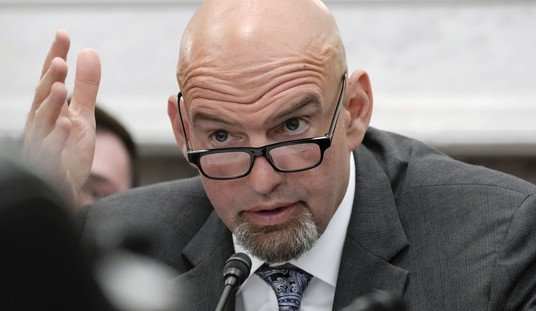Is it just pure coincidence the demise of the U.S. economic system started at the same time as the passage of the Gramm-Leach-Bliley Act of 1999 which effectively eliminated Glass-Steagall?
From 2000 through 2001, we watched a new paradigm of dot-com companies implode and melt away as cash burn rates destroyed one company after another.
Technology manufacturing jobs left our shores in droves, but the bankers had an answer. Low interest rates and securitization created something the U.S. had never seen before, namely housing used for investment and speculation.
Indeed, from 2000 to 2006 the real estate market dominated with 1 out 3 jobs somehow related to real estate.
Then, like dot-com, implosion was the order of the day.
Jobs disappeared and the real estate ATM machine was abruptly turned off.
What to do next?
The bankers had the answer as they extended credit and opened the vaults.
Borrowing to live and living to borrow became the new clarion call. From credit cards to credit lines, from discount windows to cash giveaways, debt, debt, debt was the bankers’ response.
Bankers’ stock options and financial bonuses became the driving force in this new non-Glass-Steagall world and anything and everything was fair game.
For a while, debt-on-debt delayed the inevitable implosion that we had witnessed in the past.
However, time and tide wait for no man and the economic contraction was not to be denied.
Recommended
The dot-com collapse, the housing crash, and the credit calamity all occurred after 1999, and currently, sovereign collapse on a worldwide basis is imminent.
As country after country embraced the U.S. market of freewheeling banking, it was inevitable that all would suffer the same fate which includes high unemployment, low growth, high taxation, and popular unrest not seen since the 1930s.
Prior to 2000, we enjoyed one of the greatest economic booms our country had ever seen. In fact, from 1982 to 2000, jobs were plentiful, manufacturing was homegrown, and a certain contentment and satisfaction enveloped us all.
Houses were where we lived, stocks markets were where we invested, and one or two credit cards were used and always paid off on time.
In addition, we always knew the role of our local friendly banker when it came to auto loans, mortgages, checking and savings accounts, and even CDs.
The Gramm-Leach-Bliley Act seems to have been the watershed moment when it all changed.
But, perhaps that was simply pure coincidence.

























Join the conversation as a VIP Member